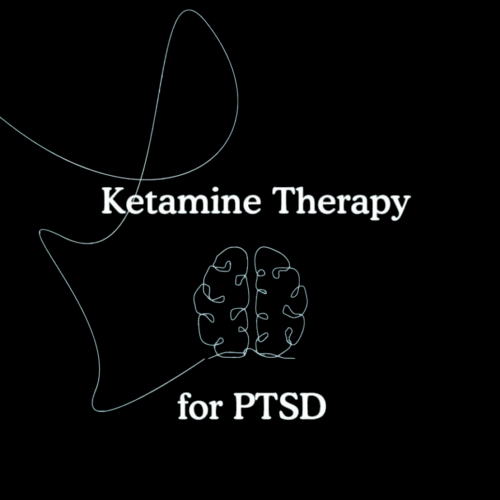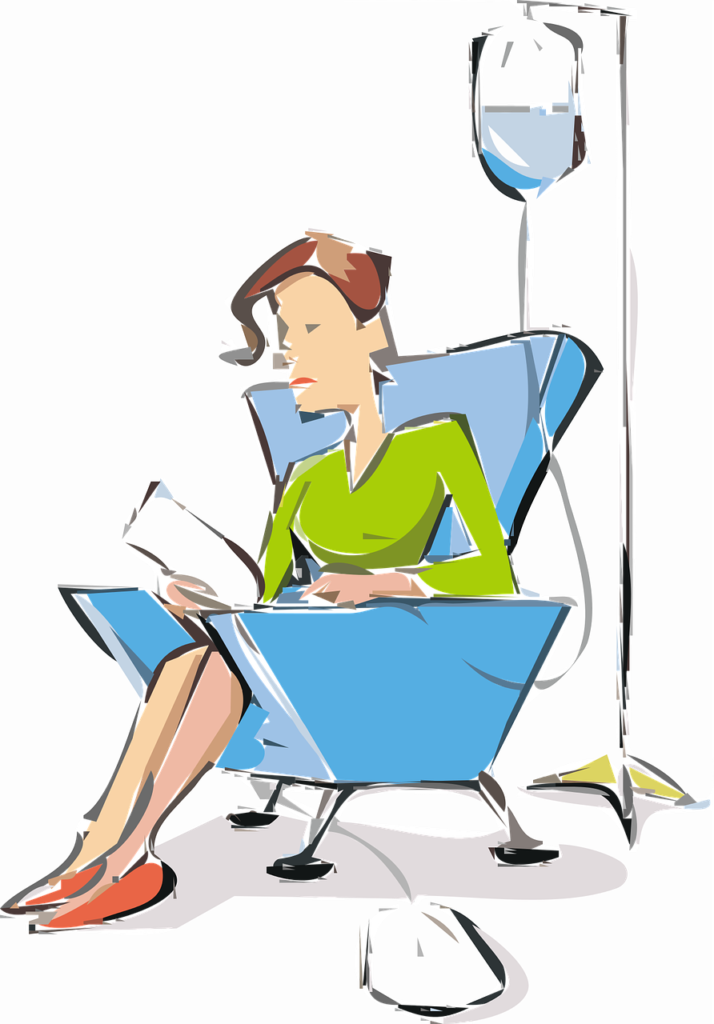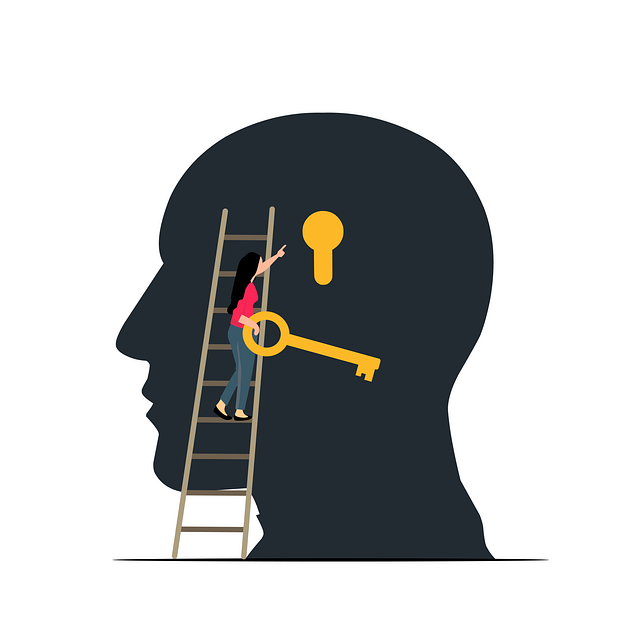Introduction to Adjustment Disorder
Life is filled with changes—some expected, some completely unforeseen. While many people adapt with time, others experience overwhelming emotional and behavioral difficulties when facing stressful life events. This is where Adjustment Disorder comes in.

Adjustment Disorder is a psychological response to a significant stressor, such as losing a loved one, divorce, moving to a new city, or sudden financial strain. Unlike general stress, this condition interferes with daily life, relationships, and emotional well-being.
The DSM-5 (Diagnostic and Statistical Manual of Mental Disorders, Fifth Edition) provides specific criteria for diagnosing Adjustment Disorder, making it easier for professionals to differentiate it from other mental health issues. Understanding the condition and its treatments is crucial, as early support can help individuals return to a balanced, fulfilling life.
What is Adjustment Disorder in the DSM-5?
Adjustment Disorder is defined in the DSM-5 as the development of emotional or behavioral symptoms in response to a stressor within three months of the onset of that stressor. These symptoms are clinically significant because they cause either:
- Marked distress that is out of proportion to the severity of the stressor.
- Impairment in social, occupational, or other areas of functioning.
Core Features of Adjustment Disorder in DSM-5
- Symptoms appear within three months of the stressor.
- The distress exceeds what would normally be expected.
- Symptoms cause functional impairment in daily life.
- Symptoms are not better explained by another mental disorder.
- Once the stressor or its consequences end, the symptoms typically do not last longer than six months.
Types of Adjustment Disorder (DSM-5 Subtypes)
The DSM-5 also categorizes Adjustment Disorder into several subtypes:
- With Depressed Mood: Sadness, tearfulness, hopelessness.
- With Anxiety: Nervousness, worry, feeling overwhelmed.
- With Mixed Anxiety and Depressed Mood: Combination of both.
- With Disturbance of Conduct: Acting out, aggression, reckless behaviors.
- With Mixed Disturbance of Emotions and Conduct: Emotional distress with behavioral issues.
- Unspecified: When symptoms don’t fit neatly into another category.
These classifications allow mental health professionals to tailor treatment more effectively.
What is the Best Treatment for Adjustment Disorder?
Treatment for Adjustment Disorder is highly individualized. Since the condition is triggered by life stressors, the focus is on improving coping mechanisms, providing emotional support, and building resilience.

1. Psychotherapy (First-Line Treatment)
Psychotherapy is the most effective treatment for Adjustment Disorder. Approaches include:
- Cognitive Behavioral Therapy (CBT): Helps individuals identify negative thought patterns and replace them with healthier perspectives.
- Supportive Psychotherapy: Focuses on reassurance, guidance, and emotional support during the adjustment phase.
- Interpersonal Therapy (IPT): Explores relationship dynamics and teaches healthier communication strategies.
- Family or Couples Therapy: Useful when stressors are rooted in relationships or family dynamics.
2. Medications (When Needed)
While therapy is primary, medications may be prescribed in certain cases, especially if symptoms are severe:
- Antidepressants for depressive symptoms.
- Anti-anxiety medications for acute stress and anxiety.
Medication is usually short-term and combined with therapy rather than a standalone solution.
3. Early Intervention and Support
The sooner treatment begins, the better the outcomes. Early support can prevent worsening symptoms, reduce risk of chronic depression or anxiety, and improve overall functioning.
4. Long-Term Management Strategies
For some individuals, stressors may persist. In these cases, ongoing therapy, lifestyle changes, and resilience training help maintain emotional balance and prevent relapse.
How to Adjust to Adjustment Disorder?
Living with Adjustment Disorder can feel overwhelming, but there are practical ways to cope and gradually regain control.
Coping Strategies for Daily Life
- Acknowledge your emotions: Allow yourself to feel sadness, anger, or anxiety without judgment.
- Set realistic goals: Break challenges into manageable steps.
- Limit avoidance: Facing stressors in small steps helps reduce fear and anxiety.
Building Resilience and Emotional Regulation
- Practice mindfulness: Meditation, deep breathing, and grounding exercises reduce stress.
- Develop problem-solving skills: Learn to approach issues systematically instead of reactively.
- Positive reframing: Train yourself to see challenges as opportunities for growth.
Lifestyle Changes
- Regular exercise: Physical activity reduces stress hormones and boosts mood.
- Balanced nutrition: Eating well supports brain function and energy levels.
- Sleep hygiene: Consistent sleep patterns enhance resilience and emotional stability.
Support Systems
- Family and friends: Talking openly helps ease emotional burdens.
- Therapy groups: Provide a safe environment for shared experiences.
- Professional guidance: Psychologists or counselors can guide effective coping strategies.
What are the Therapeutic Activities for Adjustment Disorder?
Therapeutic activities complement formal treatment and provide practical ways to reduce stress and promote healing.
Stress Management Techniques
- Progressive muscle relaxation: Tensing and releasing muscles to ease physical tension.
- Breathing exercises: Slow, controlled breathing calms the nervous system.
- Time management: Reducing overwhelm by organizing tasks effectively.
Journaling and Expressive Activities
- Journaling: Writing about feelings and experiences provides clarity.
- Art therapy: Drawing, painting, or sculpting as a way to express emotions.
- Music therapy: Using music to improve mood and process emotions.
Relaxation and Mindfulness Practices
- Yoga and tai chi: Blend physical movement with mindfulness.
- Meditation: Improves focus, emotional regulation, and calmness.
- Nature walks: Spending time outdoors restores mental balance.
Group Therapy and Peer Support
- Support groups: Sharing with others who face similar challenges.
- Community activities: Building social connections reduces isolation.
- Role-playing exercises: Practicing healthy responses to stressful situations.
Conclusion
Adjustment Disorder, as defined by the DSM-5, is a real and impactful condition that can disrupt daily life when stressors become overwhelming. The good news is that it is highly treatable. Through psychotherapy, supportive relationships, healthy coping strategies, and therapeutic activities, individuals can find their way back to balance.
Whether it’s practicing mindfulness, seeking professional help, or leaning on loved ones, every step toward healing matters. With the right support and strategies, people living with Adjustment Disorder can adapt, grow stronger, and regain a sense of control in their lives.



